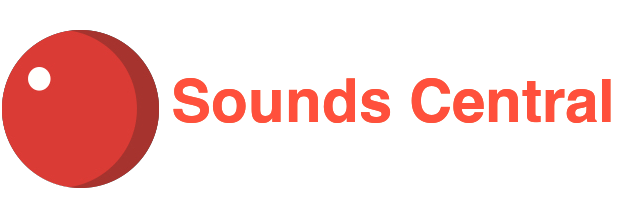Wir sind hier nicht zum Spaß – Collective and Subcultural Structures in Berlin During the Nineties

In Berlin, many artists turned to new forms of collaboration in the 1990s. Their largely self-organised structures aimed to initiate cultural productions with minimal financial effort while retaining full control over the emerging processes. Clubs of all kinds opened, galleries or record labels got founded, and magazines self-published.
Curator of the exhibition at Kunstraum Kreuzberg/Bethanien Art Space, Berlin (2013)
Freund/Feind-Akustik – Music and Sound in Military Contexts

Marching, motivating, or incapacitating an enemy – acoustic means have always been part of military practice and strategy. The rhythms of marches keep in step, mutual singing forms camaraderie, and enemies may get overwhelmed bloodlessly with noise and acoustic weapons. With snapshots from everyday life in the German Bundeswehr, psychological warfare in Vietnam, torture in Guantanamo, and the latest non-lethal weapons, this documentary reports on how sound and acoustics meet the requirements of war, and which means have been developed according to the logic of the army.
54 minute radio documentary (DLF Kultur/WDR3, 2007)
The People Ought to Feel Good – Strategies of Functional Music

You hear it without really noticing. Functional music can be found in department stores, supermarkets, hotels, subways, or airports. It addresses us as customers, consumers, or while waiting. Those who play it do so with specific intentions. Since the Muzak corporation began to offer the delivery of music as a commercial service in the early 1930s, music and its purposes have changed – many times music has become the backdrop for completely unmusical activities. This documentary explores how and why functional music seeks to influence its audience.
55 minute radio documentary (WDR3, 2004), listening station during the congress on Stupid Music (HKW Berlin, 2014)
One More Pioneer

dramaturge and libretto for the musical theatre piece by Gamut Inc., based on a short story by David Foster Wallace (2015)
Organ Archipelago

recordist for the radio art project by composer Arturas Bumšteinas (2015)
Radio KQSM (Kerker, Quote, Stubenmusi)

radio productions based on myths of popular culture (Michael Jackson, Eurotrash, James Dean, …), with Heinrich DJ Officer, Officer Dubel; broadcasts since 2004 on reboot.fm in Berlin, the European radio network radia and resonancefm, London
Meinebank

Meinebank is an interdisciplinary event forum that is organized collectively. The motivation of the project is to consider the term social economy in various possible assignments.
with Christian von Borries, Daniel Löwenbrück, Errorsmith, Natascha Sadr Haghighian, Rashad Becker, and Ute Waldhausen, former GDR state bank, today’s Hotel de Rome, Berlin 2000-2003
Rebound

Rebound looks at movies from the perspective of a DJ. Mainly electronic music, played live from vinyl and CD, offers new perspectives on a film – and also on the music used.
Together with art critic José Manuel Costa and DJ Newcleus, scores were developed for Berlin, Symphony of a Big City (Walter Ruttmann, 1927), Alice (Jan Svankmajer, 1982), The Golem (Paul Wegener, 1920) and Microcosmos (Claude Nuridsany / Marie Perennou, 1996).
performances between 1996 and 2002, at the AFI Film Festival in Los Angeles, during the Biennial in Torino, at Sinestesia Festival in Madrid, in Ljubljanas Kinoteka and the Grassi Museum in Leipzig
De:Bug

co-founder of the magazine for Electronic Aspects of Life in 1997
Radiobar

mobile bar concept according to the slogan DJs, Drinks and Deco; happenings in apartments, clubs, bars, and (twice) on the television tower in Berlin
with Jim Avignon, Mr. Nice and Manolo Arevalo, between 1992 and 1996
Radio 100

selecting music for the programs Welt am Draht and Kunstrausch; the legendary radio station was an important source for different views on things and other things in the late West-Berlin



